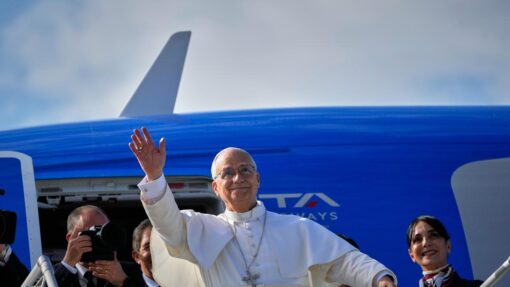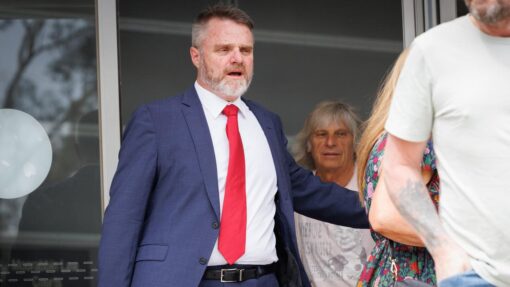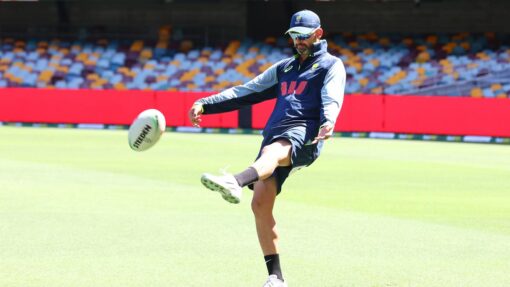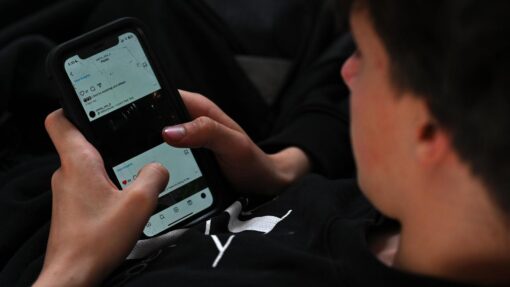More black smoke at conclave, so no new Catholic pope
Joshua McElwee, Crispian Balmer and Philip Pullella |
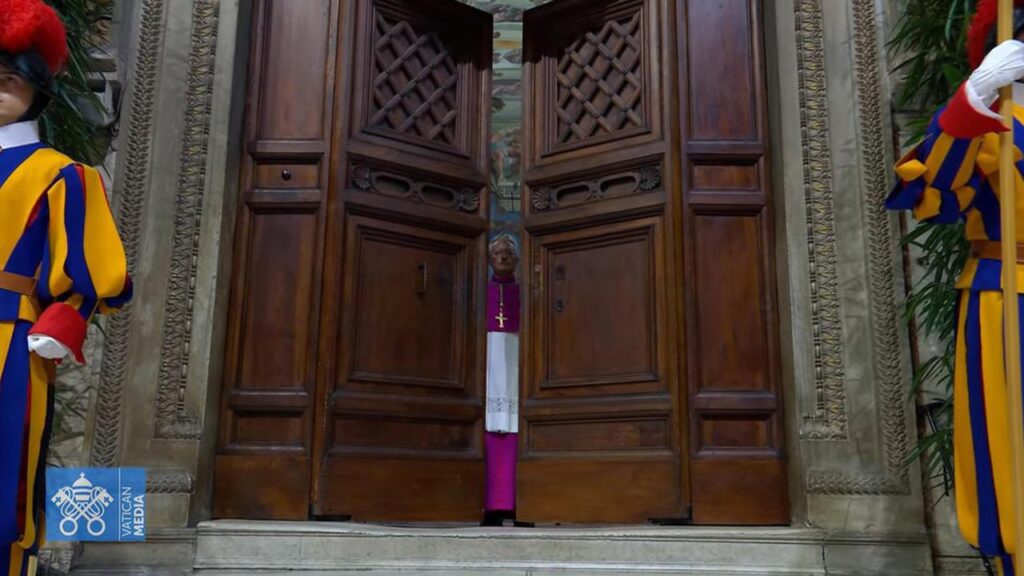
Black smoke has billowed from a chimney atop the Sistine Chapel, signalling that the cardinals locked in a conclave have not yet chosen a new pope to guide the Roman Catholic Church.
Thousands of faithful gathered in St Peter’s Square on Thursday to wait for smoke to pour from the flue on the chapel’s roof, which it did shortly before noon.
The 133 cardinals under the age of 80 began the heavily ritualised and secret process on Wednesday, shut away in complete isolation as they pick a successor to the late Pope Francis.

They burn the ballot papers and mix them with chemicals to show how proceedings are going – black signalling no pope and white announcing a new pontiff.
The cardinals held an initial inconclusive vote on Wednesday evening.
They are scheduled to hold up to two more ballots on Thursday afternoon, with possible smoke signals expected after 5.30pm (1.30am on Friday AEST).
The red-hatted “princes of the Church” will keep voting up to four times a day until someone wins a two-thirds majority.

No pope in modern times has been elected on the first attempt, so Wednesday’s black smoke was widely expected.
But given recent history, a final result is possible from the second day.
Francis, the first pope from Latin America, was elected on the evening of the second day of the last conclave, held in 2013, as was his predecessor, Benedict XVI, in 2005.
A record 133 cardinals from 70 countries are involved in the ballot, up from 115 from 48 nations in the last conclave in 2013 – growth that reflects efforts by Francis to extend the global reach of the church.

Argentine-born Francis was elected in 2013 at the end of the second day after five rounds of voting, while in 2005 it took two days but only four votes to pick Germany’s Benedict XVI.
While no clear favourites have emerged, Italian Cardinal Pietro Parolin, who served as the Vatican’s number two under Francis, and Filipino Cardinal Luis Antonio Tagle are considered the frontrunners.
If it becomes obvious that neither can win, votes are expected to shift to other contenders, with the electors possibly coalescing around geography, doctrinal affinity or common languages.
Other potential “papabili” – papal candidates in Italian – are France’s Jean-Marc Aveline, Hungary’s Peter Erdo, American Robert Prevost and Italy’s Pierbattista Pizzaballa.

During the conclave, cardinals are sequestered from the world and sworn to secrecy, their phones and computers confiscated, while they are shuttled between the Sistine Chapel for voting and two Vatican guesthouses to sleep and dine.
In recent days, they have offered different assessments of what they are looking for in the next pope.
Francis’s relatively liberal pontificate was marked by bitter divisions between traditionalists and modernisers.
While some urged for continuity with his vision of greater openness and reform, others longed to turn the clock back and embrace traditions. Many have indicated they want a more predictable, measured pontificate.
Reuters